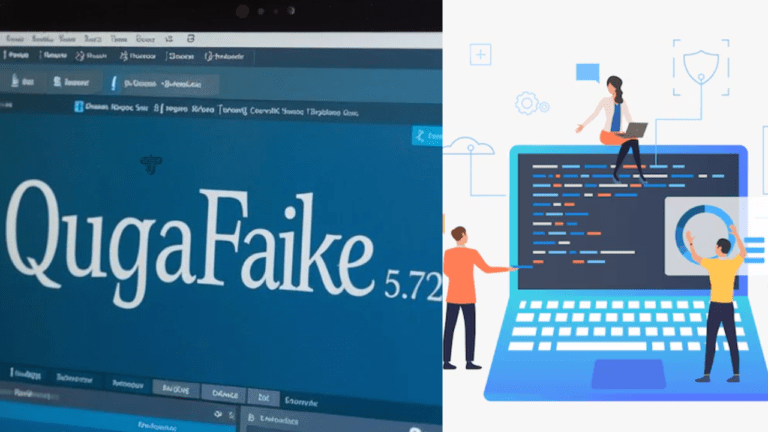The Ultimate Windows Batch Patch Management Checklist
Let’s be honest—nobody gets excited about patch management. It’s not exactly the most thrilling part of an IT professional’s day. But here’s the thing: neglecting it can turn your Monday morning into a nightmare faster than you can say “security vulnerability.”
If you’ve ever scrambled to deploy critical patches across hundreds of Windows machines while praying nothing breaks, you know exactly what we’re talking about. The good news? A solid batch patch management strategy can save you from those heart-stopping moments when you realize a critical system is running on software older than your favorite pair of jeans.
This comprehensive checklist will help you streamline your Windows batch patch management process, reduce downtime, and maybe even let you sleep better at night. Whether you’re managing 50 computers or 5,000, these steps will keep your systems secure and your sanity intact.
Pre-Patch Planning: Your Safety Net
Before you even think about clicking “install,” proper planning can make the difference between a smooth update cycle and a complete disaster.
Inventory and Assessment
Start by knowing what you’re working with. Create a comprehensive inventory of all Windows systems in your environment, including:
- Operating system versions and service pack levels
- Installed applications and their versions
- Hardware specifications and compatibility requirements
- System criticality and business impact ratings
This inventory becomes your roadmap. You wouldn’t drive cross-country without knowing your route, so don’t attempt batch patch management without understanding your environment.
Patch Testing Strategy
Here’s where patience pays off. Set up a test environment that mirrors your production systems as closely as possible. Test patches on representative machines from each system category before rolling them out broadly.
Create different testing groups based on system roles—workstations, servers, domain controllers—because a patch that works perfectly on a standard desktop might cause issues on a specialized server application.
Scheduling and Deployment Windows
Timing is everything in patch management. Poor scheduling can turn a routine update into a business-disrupting event.
Maintenance Windows
Establish clear maintenance windows that align with your organization’s operational needs. Consider:
- Business hours and peak usage times
- Backup schedules and system dependencies
- Staff availability for monitoring and troubleshooting
- Rollback timeframes in case issues arise
Phased Rollout Approach
Don’t put all your eggs in one basket. Deploy patches in phases:
- Phase 1: Non-critical test systems and volunteer machines
- Phase 2: Standard workstations in small batches
- Phase 3: Critical systems during scheduled maintenance windows
- Phase 4: Servers and infrastructure components
This approach helps you catch issues early when they’re easier to manage and less disruptive.
Monitoring and Verification
Once patches start deploying, your job shifts from planning to vigilant monitoring. This is where your attention to detail really matters.
Real-Time Monitoring
Keep a close eye on deployment progress and system health during the patching window. Watch for:
- Installation success and failure rates
- System performance metrics
- Network bandwidth utilization
- User-reported issues or service disruptions
Set up automated alerts for critical failures, but don’t rely solely on automation. Sometimes the most important warning signs are the subtle ones that only human observation catches.
Post-Patch Validation
After patches complete, verify that systems are functioning correctly. Check that essential services are running, applications launch properly, and users can access their typical resources.
Create a standardized checklist for post-patch validation that covers the most critical functions for each system type. This consistency helps ensure nothing important gets overlooked during busy deployment periods.
Rollback and Recovery Planning
Even with perfect planning, sometimes patches cause problems. Having a solid rollback strategy can save you from extended downtime and frustrated users.
Backup Prerequisites
Before deploying any patches, ensure you have reliable backups and system restore points. This isn’t just about data—configuration settings, registry entries, and system states all need protection.
Document your rollback procedures clearly and test them regularly. When you’re under pressure to restore service, you don’t want to be figuring out procedures on the fly.
Emergency Response Procedures
Create clear escalation paths and communication plans for when things go wrong. Make sure your team knows who to contact, what information to gather, and how to prioritize recovery efforts.
Documentation and Compliance
Good documentation isn’t just bureaucratic busy work—it’s your protection and your guide for future improvements.
Keep detailed records of what patches were installed, when they were deployed, and any issues encountered. This information becomes invaluable for troubleshooting future problems and demonstrating compliance with security policies.
Track patch deployment success rates and timelines to identify areas for improvement. Maybe certain system types consistently have problems, or specific patches frequently cause issues. This data helps you refine your process over time.
Making Patch Management Work for You
Effective Windows batch patch management doesn’t happen overnight. It requires careful planning, consistent execution, and continuous improvement based on real-world results.
The key is finding the right balance between security, stability, and operational efficiency for your specific environment. Start with the basics outlined in this checklist, then adapt and refine your approach based on your organization’s unique needs and constraints.
Remember, the goal isn’t perfection—it’s creating a reliable, repeatable process that keeps your systems secure while minimizing business disruption. With the right approach, patch management can transform from a source of stress into a well-oiled machine that just works.







